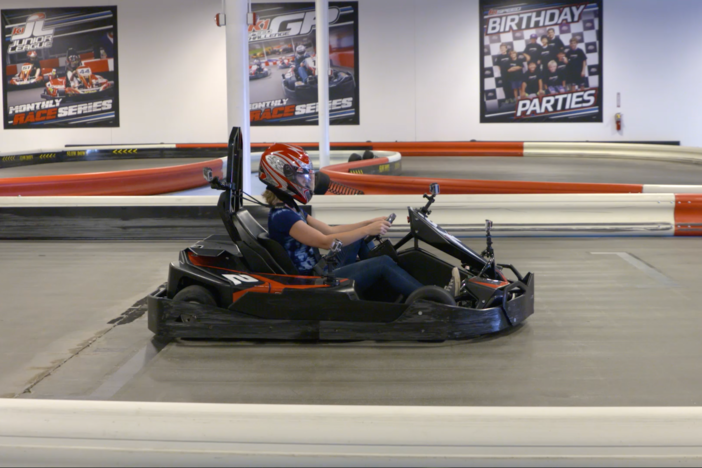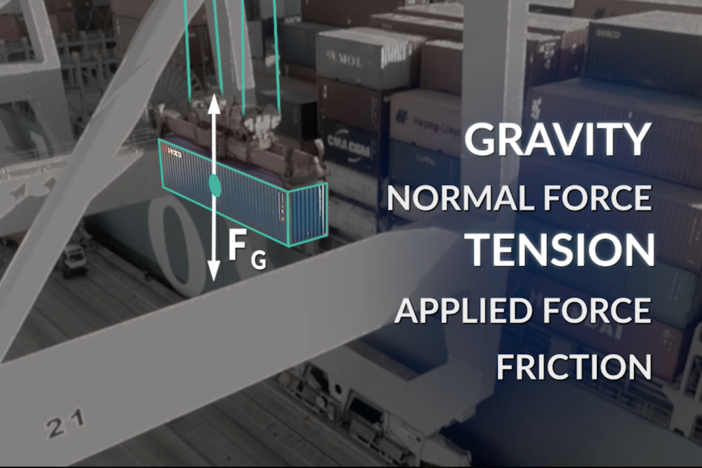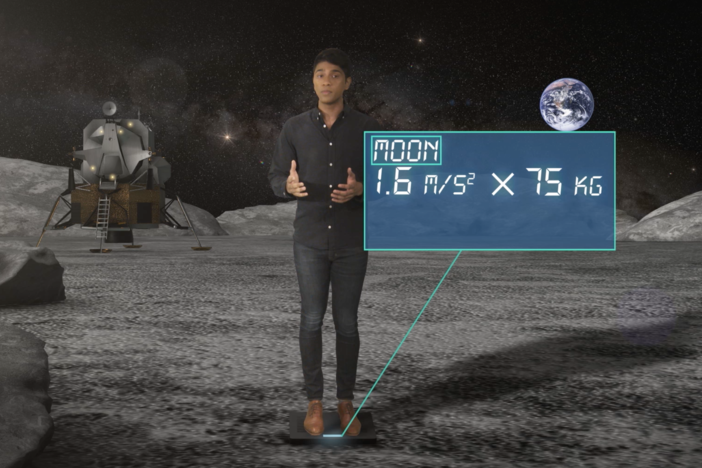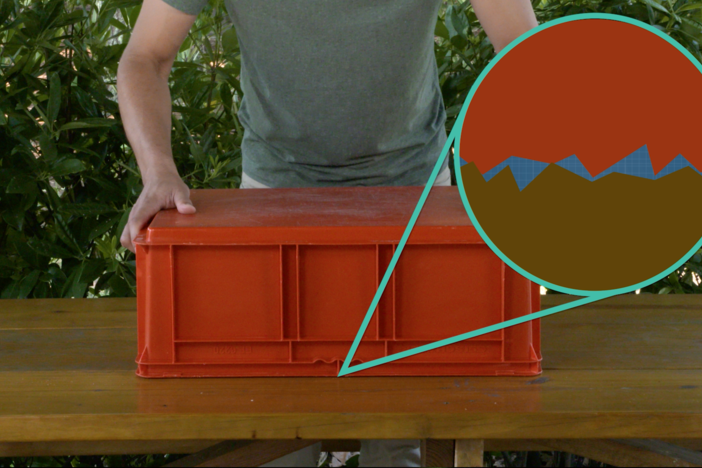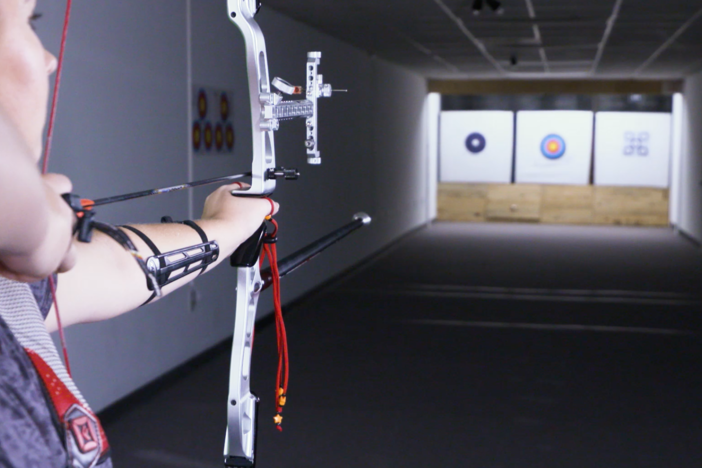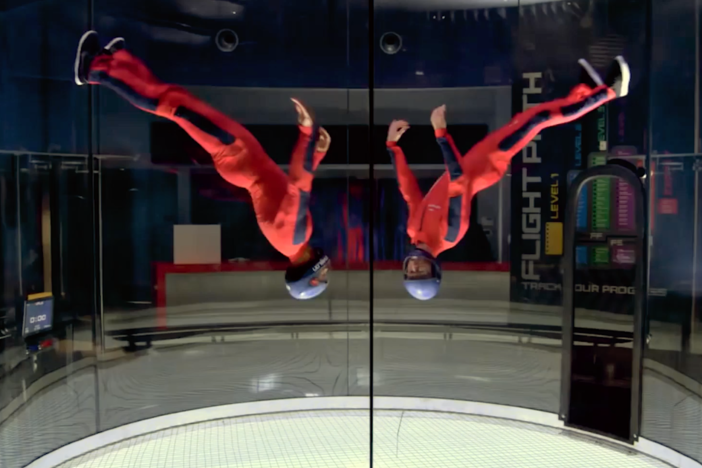Segment F: Gravity
We travel to an indoor skydiving facility to investigate the force of gravity. Concepts such as weight, Newton's Law of Gravitation, air resistance, and terminal velocity are discussed.
Segment F: Gravity
We travel to an indoor skydiving facility to investigate the force of gravity. Concepts such as weight, Newton's Law of Gravitation, air resistance, and terminal velocity are discussed.
Science
Obtain, evaluate, and communicate information about how forces affect the motion of objects.
Develop and use a model of a Free Body Diagram to represent the forces acting on an object (both equilibrium and non-equilibrium).
Use mathematical representations to calculate magnitudes and vector components for typical forces including gravitational force, normal force, friction forces, tension forces, and spring forces.
Develop and use a model to describe the mathematical relationship between mass, distance, and force as expressed by Newton's Universal Law of Gravitation.
Obtain, evaluate, and communicate information to explain the relationships among force, mass, and motion.
Construct an explanation based on experimental evidence to support the claims presented in Newton's three laws of motion.
Analyze and interpret data to identify the relationship between mass and gravitational force for falling objects.
Obtain, evaluate, and communicate information about gravity, electricity, and magnetism as major forces acting in nature.
Construct an argument using evidence to support the claim that fields (i.e., magnetic fields, gravitational fields, and electric fields) exist between objects exerting forces on each other even when the objects are not in contact.
-Understand that gravity is one of the four fundamental forces in the universe.
-Calculate gravitational force by using Newton’s Law of Gravitation and the formula derived from this law for weight.
-Explain that the acceleration due to gravity on Earth is 9.8m/s2 and this number will change if you are on an object with different mass.
-Illustrate the idea that an object falling through the air will continue to accelerate until air resistance balances out gravity.
air resistance - the frictional force that air exerts on objects; also known as drag, FD.
gravity (FG) - one of the four fundamental forces of the universe; it is exerted by anything that has mass on anything else that has mass.
Newton’s Universal Law of Gravitation - the gravitational force between two objects increases with and is proportional to the increasing mass and decreases with the square of the distance between them.
terminal velocity - when the force due to gravity equals the force due to air resistance acting on a falling object and the object stops accelerating and moves at a constant velocity.
weight (w) - the force due to gravity acting on an object; equal to the mass of an object multiplied by the acceleration due to gravity on Earth.
The Physics in Motion teacher toolkit provides instructions and answer keys for study questions, practice problems, labs for all seven units of study. GPB offers the teacher toolkit at no cost to Georgia educators.To order your teacher toolkit, complete and submit this form to request the teacher toolkit. You only need to submit this form one time to get materials for all seven units.
